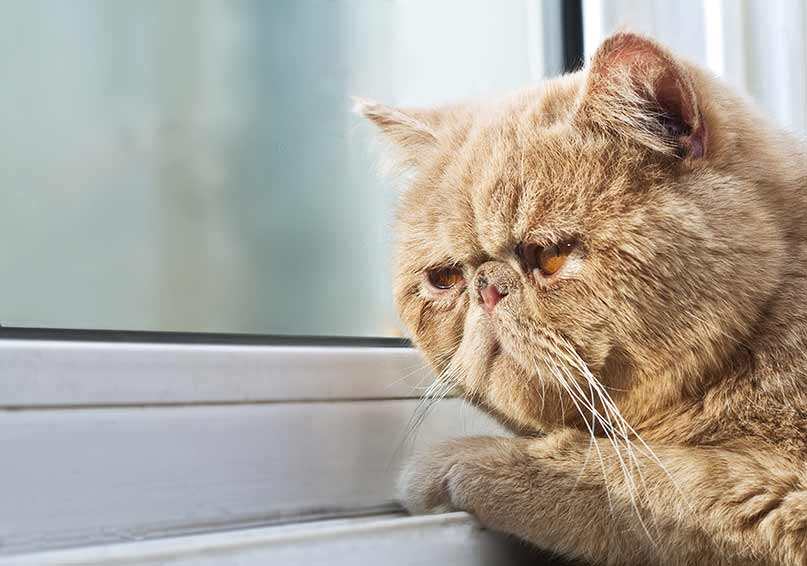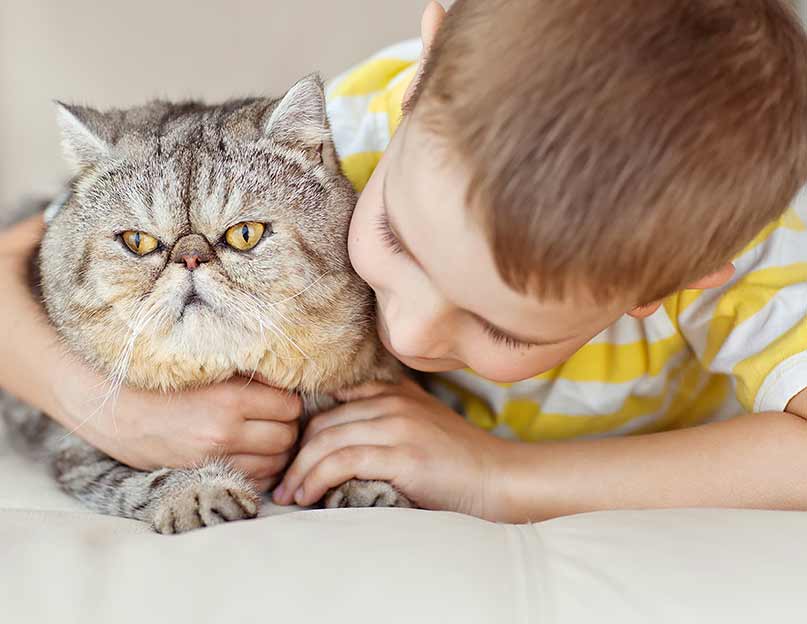
There are many aspects that potential cat owners need to consider before acquiring a cat or kitten as each breed has their own unique personalities and heath care needs.
Petplan??takes a look at the origins, temperament and common health problems of the Persian cat.
Name:
Persian
Origins of the breed:
The ancestors of the Persian cat were first imported into Europe from Persia around 1620.
After the 1940s, American and British breeders began developing the breed with varying coat colours and with increasingly flat faces.
Lifespan:
The average lifespan is between 10 to 15 years.
Persian cat???s personality:
Persians are typically very quiet, placid and docile cats, although they can have the odd, mad five??minutes of running around! They love lazing around the home and are not demanding in terms of your attention, but do enjoy being petted and gentle handling.
They prefer to keep low to ground, so don???t typically scale the curtains or jump from great heights. They are intelligent cats, and can sometimes be fussy and quick to work-out if they don???t eat what you feed them, and then they only have to wait until you offer them something else!
How much exercise the Persian cat needs:
Persian cats can be more suited to an indoor lifestyle due to their sweet demeanour and docile nature.
Although by nature Persian???s are not overly playful, they are affectionate so it???s important to interact with them regularly to keep them entertained. It is also beneficial to encourage as much play and activity as you can to keep them fit and healthy.

Grooming routine:
Persians have long, luscious coats and require constant grooming to keep them looking healthy.
Brushing their coat once a day to remove tangles and dead fur is important to prevent matting.
Due to the conformity of the skull and face, tears cannot drain properly leading to tear staining in the eye area. This means gentle, regular cleaning and wiping of the area to keep it clean and prevent infections.
Potential Persian cat health problems:
Overall the Persian cat is a healthy and sturdy breed, but like all breeds they can be susceptible to certain ailments.
Polycystic Kidney Disease
Persians can inherit Polycystic Kidney Disease. This is where cysts form on the kidney and cause organ failure. This can be detected by an ultrasound or a gene test. Reputable breeders will breed from cats that have tested negative. Unfortunately, there is no cure, as cysts cannot be removed or prevented from growing, but there are drugs which can minimise the effects and??advancement of kidney failure.
Progressive Retinal Atrophy
This is a significant visual impairment caused by wastage occurring to the layer of cells at the back of the eye. The tell-tale sign that may indicate your cat is developing Progressive Retinal Atrophy is picking up on disorientated behaviours occurring such as bumping into objects.
It???s common for progressive retinal atrophy to occur very early on in a kitten???s life, sometimes as young as four weeks old and can be fully established by 15 weeks. Sadly, there is no treatment for PRA, nor a way to slow the progression of the disease and cats with PRA typically become blind. However; cats are amazingly adaptable with progressive blindness and can live fairly normally in their environment.
As with all pets, it???s vital you have the right insurance to help ensure your pet has access to the best care possible. Visit??Petplan???s cat insurance??page to see which policy is right for your cat.
Have you got a Persian cat? Have you got any advice for anyone considering getting one??? Let us know in the comments below???


